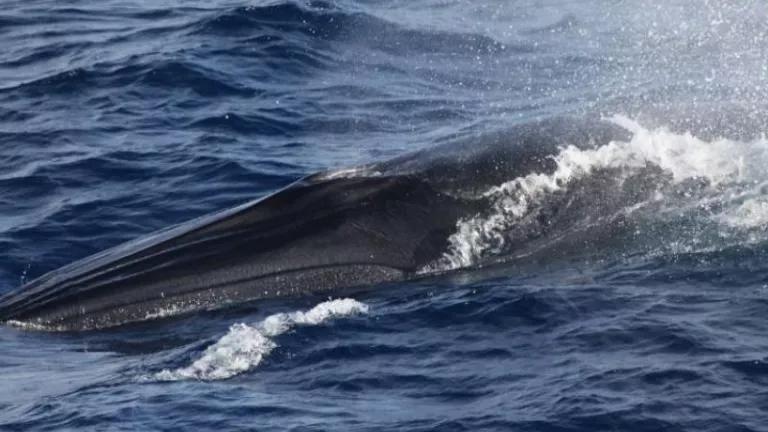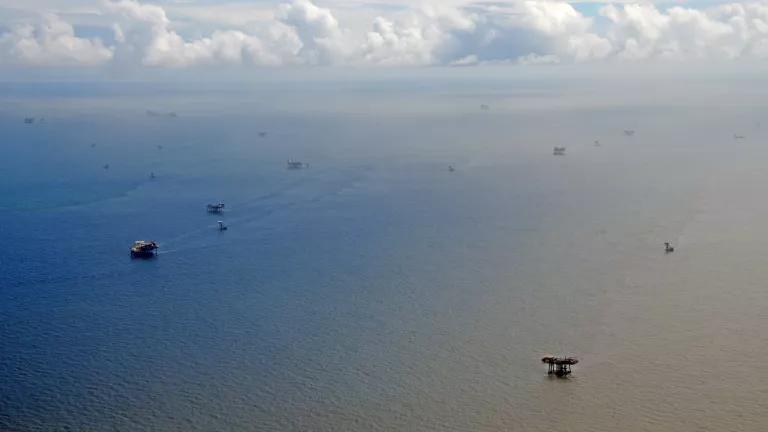Report on the Implementation of the National Ocean Policy Shows Significant Progress, and Work Ahead
Acidifying waters, coastal dead zones, fish and marine mammal species struggling against extinction--there is plenty of disheartening news about our oceans and work to be done to remedy these problems and protect the resources that support millions of jobs and a nearly $343 billion U.S. ocean economy.
That's why I'm happy to see the federal government's recent progress report on carrying out the almost five-year-old National Ocean Policy, a framework for sustaining and protecting our oceans, coasts and Great Lakes, in collaboration with state, regional, local and tribal partners.
This update, the Report on the Implementation of the National Ocean Policy, offers details on the advance of a 2013 federal ocean action plan dedicated to strengthening the ocean economy, supporting local communities, furthering ocean science, and increasing coastal and ocean resilience. Seventy-seven percent of the more than 200 actions in the report have been completed or have significantly moved ahead, such as:
- Creation of a federal task force and announcement of a set of actions the Administration will take to protect our domestic fishing fleets by combating illegal, unreported, and unregulated fishing;
- Coordination of multiple agencies working on rapid detection techniques for algal blooms that threaten human and animal health;
- Publishing shoreline monitoring protocols that allow for standardized marine debris reporting, which will help guide management efforts; and
- Development of a post-Hurricane Sandy sea level rise mapping and calculator tool to help city planners evaluate flood risks.
I'm particularly pleased to see progress on regional ocean planning. The National Ocean Policy encourages federal, regional and state agencies to work together with tribal partners, local stakeholders and the public to develop regional plans to help safeguard ocean resources. Several regions have begun such efforts.
Here in the Mid-Atlantic, the states of New Jersey, New York, Delaware, Pennsylvania, Maryland and Virginia have united with federal agency, tribal and fisheries management representatives to work together more efficiently and encourage sustainable use and protection of the ocean waters off of the Mid-Atlantic states, from the shoreline out to 200 miles. Proactively planning for ocean uses, like renewable energy, reduces conflicts between new and existing ocean activities from the start, while easing the pressure on our already-stressed seas.
April 4th is the second birthday of the Mid-Atlantic Regional Planning Body. Since its creation, the group has held several sets of listening sessions and public comment opportunities to hear from the region's public and ocean stakeholders about what an ocean plan should look like and has developed a shared framework, which emphasizes the need to protect our ocean's health, to guide its efforts. The planning body is working to develop a Regional Ocean Action Plan by 2016 and we want to see important ecological areas (e.g., key ocean places used for spawning, breeding, and feeding, areas important for threatened and endangered species, and migratory corridors) identified and protected in the plan from threats they face. There is much more to do to achieve the National Ocean Policy's promise of improved ocean stewardship, but I'm encouraged by this first report on National Ocean Policy implementation and look forward to strengthened, resilient ocean communities.




